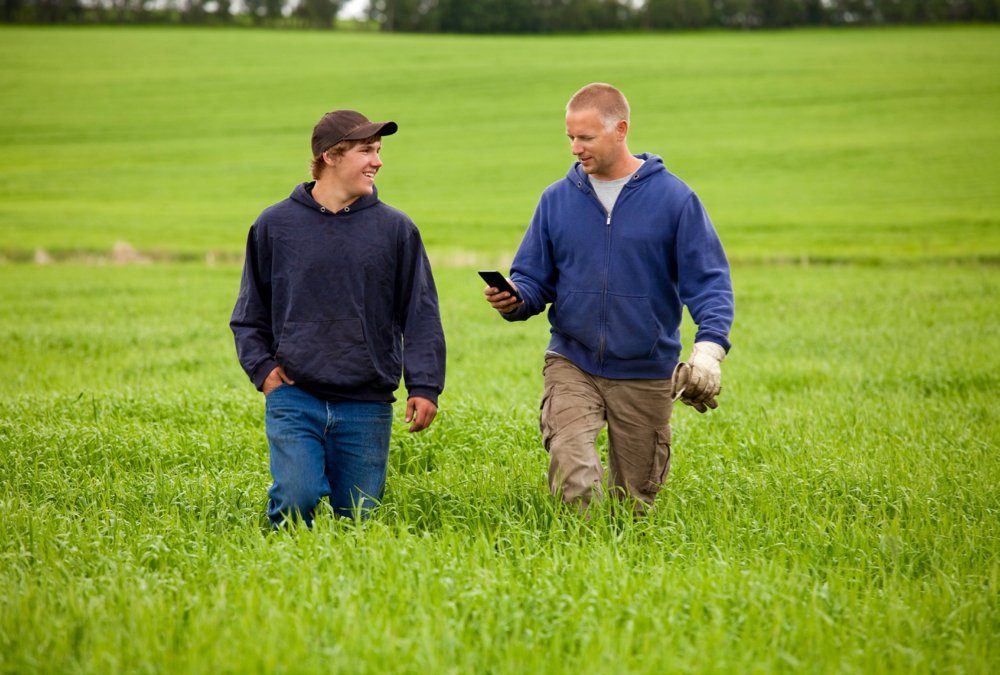COVID-19 underscores the labour shortage impact

COVID-19 has pushed the already-dire labour shortage in agriculture into sharp relief, and the numbers aren’t promising for the future.
The Canadian Agricultural Human Resource Council’s (CAHRC) recent survey, Understanding the Effects of COVID-19 on Canada’s Agriculture Workforce, took the pulse of how COVID-19 has impacted agriculture.
Why it matters: The pandemic has accelerated the labour shortage facing agriculture. Without action, it will continue to negatively impact the industry’s economic outlook.
The survey, which included employers and stakeholders from more than 450 farm operations nationwide, revealed a 7.6 per cent growth in the sector’s gross domestic product but a 41 per cent drop in labour.
Production delays, overtime costs, delayed or cancelled investments and other problems involving pandemic-related labour shortages resulted in $2.9 billion in lost sales. That’s 4.2 per cent of the sector’s total sales.
Despite three million Canadians losing their jobs between February and April 2020, there was a decline in local applicants for agriculture jobs across the board.
“Before COVID-19, the rural location, seasonality, wages, and physical requirements of agriculture jobs acted as barriers to recruiting and retaining Canadian workers,” said the survey. “Results from our interviews indicate these barriers have remained unchanged during COVID-19.”
The CAHRC said contracting COVID-19, stay-at-home orders, recovering from the illness, quarantining after travel, childcare or family responsibilities also impacted the number of Canadians applying for agriculture jobs.
Anne Verny, a Quebec vegetable producer, experienced an influx of local applicants, including high school students, but said they often lacked skills and experience, which meant lower productivity and higher turnover.
The Ontario Federation of Agriculture launched Feeding Our Future in May 2020 to address the education gap and connect employers with qualified candidates for planting, harvesting, processing, marketing, research and sales. The site also offers webinars, specialized training opportunities and virtual career fairs to increase uptake.
Employee retention was also an issue, said Verny, with only 25 of the 80 people who applied at her farm lasting more than 24 hours.
“(They) did not want to work more than 19 hours (so they could keep their CERB),” she said. “They did not want to work early in the morning or late at night, and they didn’t want to work on weekends.”
The Temporary Foreign Worker (TFW) program was also plagued with challenges, with March 2020 numbers down by 47 per cent compared to 2019.
An estimated one in five TFW jobs went unfilled in 2020, from reasons including travel delays, delays with required documentation and approvals, the inability to secure COVID-19-approved housing and challenges meeting COVID-19 health and safety protocols.
Crop producers were hit the hardest with a 79 per cent reduction in labour, more than half of which was in the horticulture sector, while animal producers saw a 21 per cent reduction.
“At the end of the farming day, they (cattle feeders) still say their number one critical challenge is labour,” said Casey Vander Ploeg, National Cattle Feeders’ Association vice-president.
“It’s something that’s struggled with, day in and day out, and COVID hasn’t made the situation any better. It’s simply amplified all of the issues around labour on farms.”
Access to labour, disruptions in the supply chain, significant changes to operation procedure and product demands led to a 90 per cent increase in stress for employers and staff, 62 per cent increase in production delays, 30 per cent increase in overtime costs and a 60 per cent loss of sales and revenues.
About three-quarters of those participating in the survey said until the workforce has had access to total vaccine coverage, COVID-19 outbreaks remain a top concern.
Amid disruptions to the food supply chain related to labour shortages, especially regarding TFWs, the need for government resources and supports to offset the impacts of the pandemic will be required.
Four out of five agriculture operators surveyed applied for some form of government support during 2020. The Canada Emergency Business Account, Mandatory Isolation Support for TFWs and AgriInvest were the most heavily used.
CAHRC said 92 per cent of those using TFWs applied for support compared to 65 per cent of those who did not employ foreign workers. Only 47 per cent of CEBA applications qualified, and only 31 per cent received support from the TFW isolation support program. Only one in five AgriStability applications qualified due to the lost sales requirements.
“I think the $1,500 quarantine allotment that was given to employers helped, but it certainly did not cover the costs,” said Rod Scarlett, Canadian Honey Council executive director.
“A number of employers had to put up employees in hotels, for example, or motels, whatever was available in their local community. That component I don’t think was sufficient.”
Those surveyed, in general, had positive feedback in regards to the government support and funding, citing inconsistent regulations across all levels of government, especially local health authorities, as a challenge.

